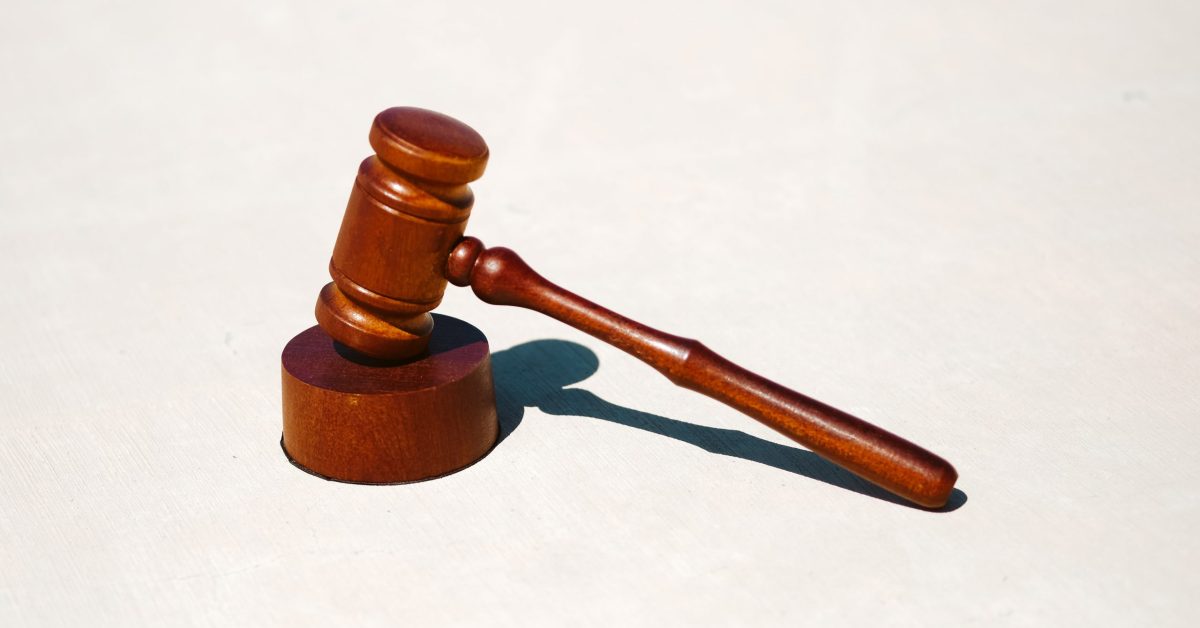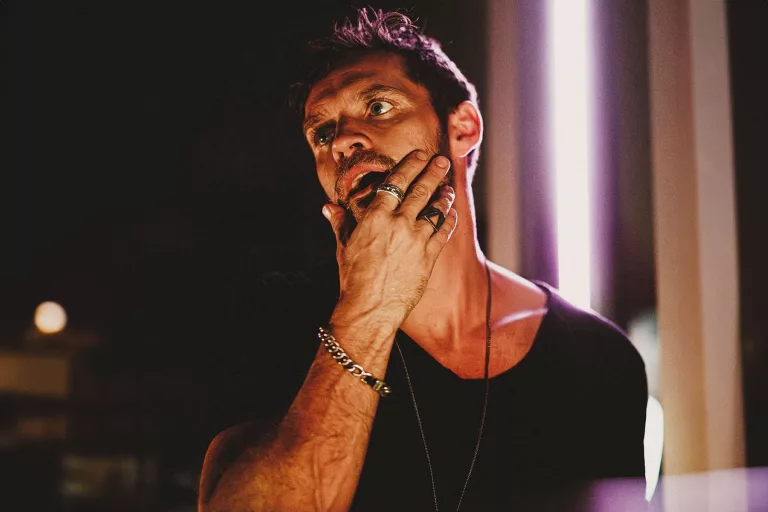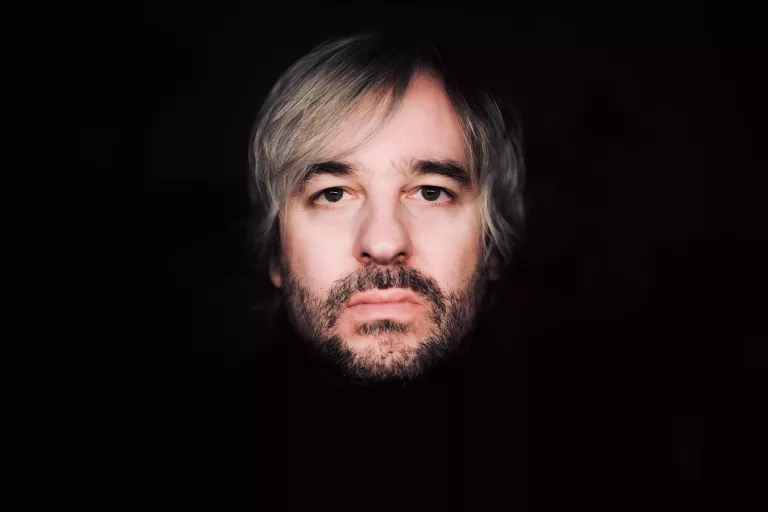
Latest information has been overtaken with music theft instances, from claims that Dua Lipa stole “Levitating” to Ed Sheeran’s “Form of You” getting known as out for similarity to Marvin Gaye’s “Let’s Get It On.” To show {that a} music was stolen, a claimant should set up (1) possession of the allegedly infringed work and (2) copying of the protected parts of the work by the defendant.[i] Copying of protected parts of the work is finest confirmed by exhibiting that the 2 songs in query are considerably comparable.[ii] Regardless of the rise of music theft instances in common media, the usual for figuring out substantial similarity between works remains to be not sufficient of a problem for the Supreme Courtroom to step in. After reviewing the case which sparked this latest dialogue, the usual of figuring out substantial similarity between works will not be as a lot of a problem as one might consider.
Johannsongs-Publishing, Ltd. V. Lovland
On April 25, 2022, the USA Supreme Courtroom denied a writ of certiorari on listening to Johannsongs-Publishing, Ltd. v. Peermusic Ltd., a music theft case.[iii] The Plaintiff, which held a copyright to the 1977 Icelandic music “Söknuður,” alleged that “You Increase Me Up,” a music composed by Rolf Løvland and popularized by Josh Groban, infringes on its copyright.[iv] Johannsongs-Publishing appealed that the Ninth Circuit’s two-part extrinsic/intrinsic check for substantial similarity needs to be deserted and the Second Circuit’s “abnormal observer” check utilized as an alternative.[v] Below the Ninth Circuit’s two-part check, the courtroom held that “Söknuður” and “You Increase Me Up” weren’t considerably comparable, affirming the decrease courtroom’s resolution.[vi] The Plaintiff went on to state that had the Second Circuit’s “abnormal observer” check been used, abstract judgment would have been denied, and the case would have gone to a jury.[vii] The Plaintiff petitioned the Supreme Courtroom with that in thoughts, asking them whether or not, “In a copyright infringement case, when deciding whether or not two musical works are considerably comparable, ought to the courts apply the abnormal observer check as is the rule within the Second Circuit, or ought to the courts apply the two-part extrinsic/intrinsic check as is the rule within the Ninth Circuit?”[viii] In refusing to listen to this situation, the Supreme Courtroom has left us with the query of whether or not one check needs to be utilized over the opposite to resolve substantial similarity in copyright disputes.
Ninth Circuit Extrinsic/Intrinsic Take a look at
The Ninth Circuit on the west coast employs a two-part check to find out whether or not two works are considerably comparable. The primary half, the extrinsic check, compares the target similarities of particular expressive parts within the two works.[ix] For music, expressive parts may embody lyrics, melody, tempo, kind, rhythm, and concord. In keeping with the Ninth Circuit, this primary check is essential as a result of solely protectable expression will represent infringement legal responsibility. Therefore, it’s important to tell apart between protected and unprotected expression in a piece.[x] The primary check is taken into account to objectively take a look at substantial similarities, whereas the second check measures similarities subjectively.[xi] This second check, known as the intrinsic check, assessments for similarity of expression from the standpoint of the abnormal affordable observer.[xii] An abnormal observer can be somebody who lacks experience in music. The intrinsic and extrinsic assessments should be happy for 2 works to be deemed considerably comparable.[xiii]
Second Circuit Peculiar Observer Take a look at
The Second Circuit of the east coast makes use of a single check to find out whether or not two works are considerably comparable. The “abnormal observer” check asks whether or not a piece is considerably much like the protectable expression of a earlier work within the eyes of a median observer.[xiv] There exists a extra refined model of this check known as the “extra discerning” check, the place an allegedly copied work just isn’t totally unique as a result of it legally incorporates parts from the general public area.[xv] The “extra discerning” check appears for substantial similarity solely between copyrightable parts of the allegedly infringed work.[xvi] You will need to observe that even with the “extra discerning” check, the Second Circuit urges to not separate the works at situation into separate elements for the listener however as an alternative use the protected parts as a information when evaluating the full idea and really feel of the contested works.[xvii] The query we’re left with in the case of the Second Circuit check is whether or not a piece took a lot of what’s noticeable to the ears of abnormal listeners from earlier works that the infringing work wrongfully appropriated one thing which belongs to another person.[xviii]
Are These Assessments Actually That Completely different?
In petitioning the Supreme Courtroom, the Plaintiff of Johannsongs-Publishing, Ltd. V. Lovland mentioned it had proof that when Groban would carry out “You Increase Me Up” in concert events in Iceland, “the viewers sang together with the phrases to ‘Söknuður.’”[xix] Plaintiff didn’t cross the Ninth Circuit two-part check as a result of it supplied inadequate skilled proof of goal similarity. Nevertheless, Plaintiff argued that it could have handed the “abnormal observer” check primarily based on the proof of crowd confusion.[xx] We are going to use this stipulation to check the 2 substantial similarity assessments. The Ninth Circuit begins its two-part check with an goal take a look at protectable similarities between songs, and the second half appears to embody the complete check performed by the Second Circuit of the abnormal listener. The intrinsic check of the Ninth Circuit and the general check of the Second Circuit each ask whether or not an abnormal observer would think about two songs to be comparable. It could possibly be argued that the Ninth Circuit check is held to the next normal as a result of it goes above the abnormal observer check by including the extrinsic, goal part. Conversely, the Second Circuit mentions a “extra discerning” abnormal observer check which appears at a piece’s whole really feel whereas solely contemplating copyrightable parts. This appears equal to the facet of the Ninth Circuit’s extrinsic check, which compares solely protectable elements of a piece. Though the Plaintiff of Johannsongs-Publishing, Ltd. V. Lovland has proof of crowd confusion, this doesn’t promise it could cross the Second Circuit check.
Implications
With out phrase from the best courtroom within the nation, we won’t have a definitive reply on whether or not one check is best outfitted to indicate substantial similarity in copyright infringement instances. Whereas music theft instances have elevated in common media, the usual by which they’re decided just isn’t as a lot of a problem as raised by the Icelandic music case. Though the Ninth Circuit check is two-part, in comparison with the single-faceted Second Circuit check, the 2 should not that completely different. Whereas the Ninth Circuit breaks down specifics of what must be proven for a ruling of considerable similarity, the Second Circuit maintains an all-encompassing check that has the potential of being roughly particular relying on the state of affairs.[xxi] The Second Circuit has famous that their check is purposefully imprecise as a result of choices needs to be made on a case-by-case foundation. In conclusion, whereas the check of the Second Circuit could appear much less particular, this doesn’t imply that it’s a decrease normal which might have led to a unique final result in Johannsongs-Publ’g, Ltd. v. Peermusic Ltd., which is why ruling on one normal check is probably going a low precedence within the eyes of the Supreme Courtroom.
Endnotes
[i] Unicolors, Inc. v. Urb. Outfitters, Inc., 853 F.3d 980, 984 (ninth Cir. 2017)
[ii] Litchfield v. Spielberg, 736 F.second 1352, 1356 (ninth Cir. 1984)
[iii] Johannsongs-Publ’g, Ltd. v. Peermusic Ltd., No. 21-1196, 2022 WL 1205858, at *1 (U.S. Apr. 25, 2022)
[iv] Johannsongs-Publ’g, Ltd. v. Lovland, No. 20-55552, 2021 WL 5564626, at *1 (ninth Cir. Nov. 29, 2021), cert. denied sub nom. Johannsongs-Publ’g, Ltd. v. Peermusic Ltd., No. 21-1196, 2022 WL 1205858 (U.S. Apr. 25, 2022)
[v] Id.
[vi] Id.
[vii] Chris Cooke, US Supreme Courtroom Declines to Reply Key Query for Coping with Track-Theft Disputes (Apr. 26, 2022),
[viii] Id.
[ix] Skidmore as Tr. for Randy Craig Wolfe Tr. v. Led Zeppelin, 952 F.3d 1051, 1064 (ninth Cir.)
[x] Id.
[xi] Apple Pc, Inc. v. Microsoft Corp., 35 F.3d 1435, 1442 (ninth Cir. 1994)
[xii] Skidmore, F.3d at 1064
[xiii] Id.
[xiv] Effie Movie, LLC v. Murphy, 564 F. App’x 631, 632 (second Cir. 2014)
[xv] Id.
[xvi] Id.
[xvii] Id.
[xviii] Arnstein v. Porter, 154 F.second 464, 473 (second Cir. 1946)
[xix] Andrew Karpan, Excessive Courtroom Snubs ‘You Increase Me Up’ Copyright Case (Apr. 25, 2022),
[xx] Johannsongs-Publ’g, Ltd. v. Lovland, No. 20-55552, 2021 WL 5564626, at *1 (ninth Cir. Nov. 29, 2021), cert. denied sub nom. Johannsongs-Publ’g, Ltd. v. Peermusic Ltd., No. 21-1196, 2022 WL 1205858 (U.S. Apr. 25, 2022)
[xxi] Peter Pan Materials, Inc. v. Martin Weiner Corp., 274 F.second 487, 489 (second Cir. 1960)











